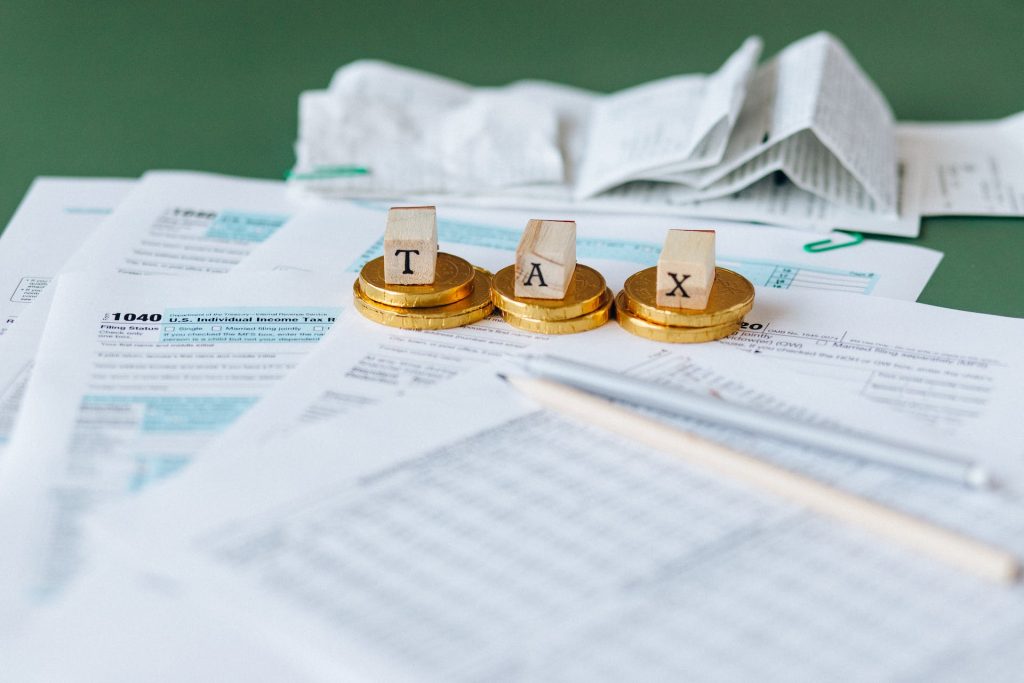Whether you’re just beginning your investment journey or are a seasoned investor exploring diversification, picking the right instruments can often feel overwhelming. One such investment option that stands out for its safety and simplicity is gilt funds.
Here’s a quick and easy explainer to help you understand gilt funds better:
What Are Gilt Funds?
Gilt funds are a type of debt mutual fund that primarily invests in government-issued securities and bonds—often referred to as G-secs. These instruments come with fixed interest and varying maturity periods. Since gilt funds exclusively invest in government-backed debt, they are considered to be among the lowest-risk investments available.
How Do Gilt Funds Operate?
When the government needs funds, it turns to the Reserve Bank of India (RBI), which acts as its banker. The RBI borrows money on the government’s behalf from large institutions like banks and insurance firms. In return, it issues government securities with a fixed tenure. Fund managers of gilt funds buy these securities. Once the maturity date is reached, the investment is redeemed, and the principal is returned.
However, it’s important to note that gilt fund returns are sensitive to changes in interest rates.
Why Consider Gilt Funds?
Because these funds invest only in government securities, they offer a high level of safety and are free from credit risk. They can be an ideal choice for conservative investors who prioritize capital preservation over high returns.
Key Factors to Keep in Mind When Investing in Gilt Funds
- Interest Rate Movements
Gilt funds are directly affected by interest rate fluctuations. A rise in interest rates tends to lower the value of the bonds in the portfolio, resulting in a drop in the fund’s Net Asset Value (NAV). Conversely, falling interest rates can boost the NAV. - Expense Ratio
Gilt funds charge a fee to cover their operating costs, known as the expense ratio. This can vary depending on the specific fund you choose. - Tax Implications
Gains from gilt funds are taxable based on the duration of your investment. If you sell the fund units within three years, the profit is treated as a Short-Term Capital Gain (STCG) and taxed accordingly. If held for three years or more, it qualifies as Long-Term Capital Gain (LTCG), which has a different tax treatment.
Disclaimer: This content is intended for informational purposes only. The views shared are those of individual analysts or brokerage firms and not of Mint. Always consult a certified financial advisor before making any investment decisions.




